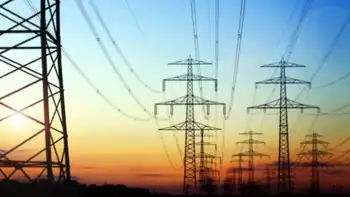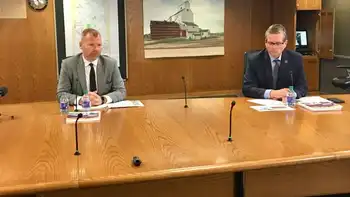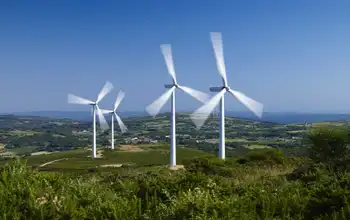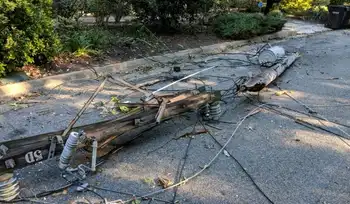Federal Officials Unveil Detailed Guide To Reduce Bird Injuries From Power Lines
WASHINGTON, D.C. - The electric power industry recently joined with federal wildlife protection officials to announce an updated guide on how utilities can reduce bird injuries and fatalities due to interactions with power lines.
The manual, “Suggested Practices for Avian Protection on Power Lines: State of the Art in 2006,” contains detailed, technical blueprints that power companies can use to devise or strengthen avian protection plans.
The guide is designed to help implement a voluntary initiative announced by the power sector and U.S. Fish and Wildlife Service (USFWS) in April 2005, under which utilities pledged to develop utility-specific plans to protect and conserve migratory birds by reducing power line collisions and related injuries.
“Power companies have worked diligently with federal agencies and conservation groups to devise construction designs and transmission line siting standards that protect migratory birds,” said EEI President Tom Kuhn at a ceremony hosted by USFWS. “With nearly three decades of collaboration under our belts, we’ve seen tremendous advancement in utilities’ avian protection efforts.”
The Suggested Practices guide was developed under the auspices of the Avian Power Line Interaction Committee (APLIC), which has served as a clearinghouse for information and communication on avian and power line issues since 1989. With a membership base comprising EEI, roughly twenty individual utilities, and numerous research and trade associations, APLIC has worked with the electric power industry and the USFWS to curtail avian injuries and deaths due to interactions with electric utility infrastructure.
Under the 2005 avian protection initiative, utilities are encouraged, among other things, to make a corporate commitment to protect migratory birds; train staff in avian protection practices; undertake permit compliance, risk assessment, and mortality reduction measures; and provide public awareness and education programs. In addition, the guidelines embraced under this public-private partnership allow utilities to tailor their avian protection plans to match specific industrial and wildlife needs, promoting both bird conservation and electric reliability.
“Last year, power companies significantly stepped up their commitments to avian protection by agreeing to develop and implement new conservation measures,” Kuhn said. “The 2006 Suggested Practices guide reflects the most effective engineering practices available and provides detailed technical guidance to help utilities reach their conservation and system reliability goals.”
“I very much appreciate the Fish and Wildlife Service’s collaboration and leadership in this effort,” Kuhn added. “This continues to be an exceedingly effective partnership, and I’m pleased that EEI and so many utilities are part of it.”
Related News
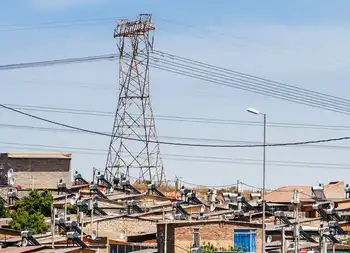
South Africa's Eskom could buy less power from wind farms during lockdown
JOHANNESBURG - South African state utility Eskom has told independent wind farms that it could buy less of their power in the coming days, as electricity demand has plummeted during a lockdown aimed at curbing the spread of the coronavirus.
Eskom, which is mired in a financial crisis and has struggled to keep the lights on in the past year, said on Tuesday that power demand had dropped by more than 7,500 megawatts since the lockdown started on Friday and that it had taken offline some of its own generators.
The utility supplements its generating capacity, which is mainly derived from coal,…

